When you think of colonial powers, Spain,Portugal,France, and Britain likely come to mind. But the United States also built its own colonial empire and still has a good deal of it today. Maybe you even currently live in an American colony. At the end of this article, we tell you about a new colony the United States wants but can’t have.
What Is a Colony?

A territory can meet the definition of a colony even if it is called by a different name.
©Contimis Works/Shutterstock.com
A colony is a geographic area that is fully or partially controlled by another country and settled by some of its people. The term “colony” has fallen out of favor, so today no country calls the area it controls by that term. But whether the chosen term is “territory,” “dependency,” or “department,” they still meet the definition of “colony.”
Are the States Colonies?

Technically, any state that was not one of the original 13 is a former colony of the United States.
©User:Golbez./Wikimedia Commons - License
The United States started with just 13 states. All the rest of the territory it acquired in North America gradually became states as the number of American settlers increased. So, if you’re from any state other than one of the originals, you’re from a former American colony. But not all of America’s colonies became states. Here are America’s current and former colonial possessions.
American Samoa
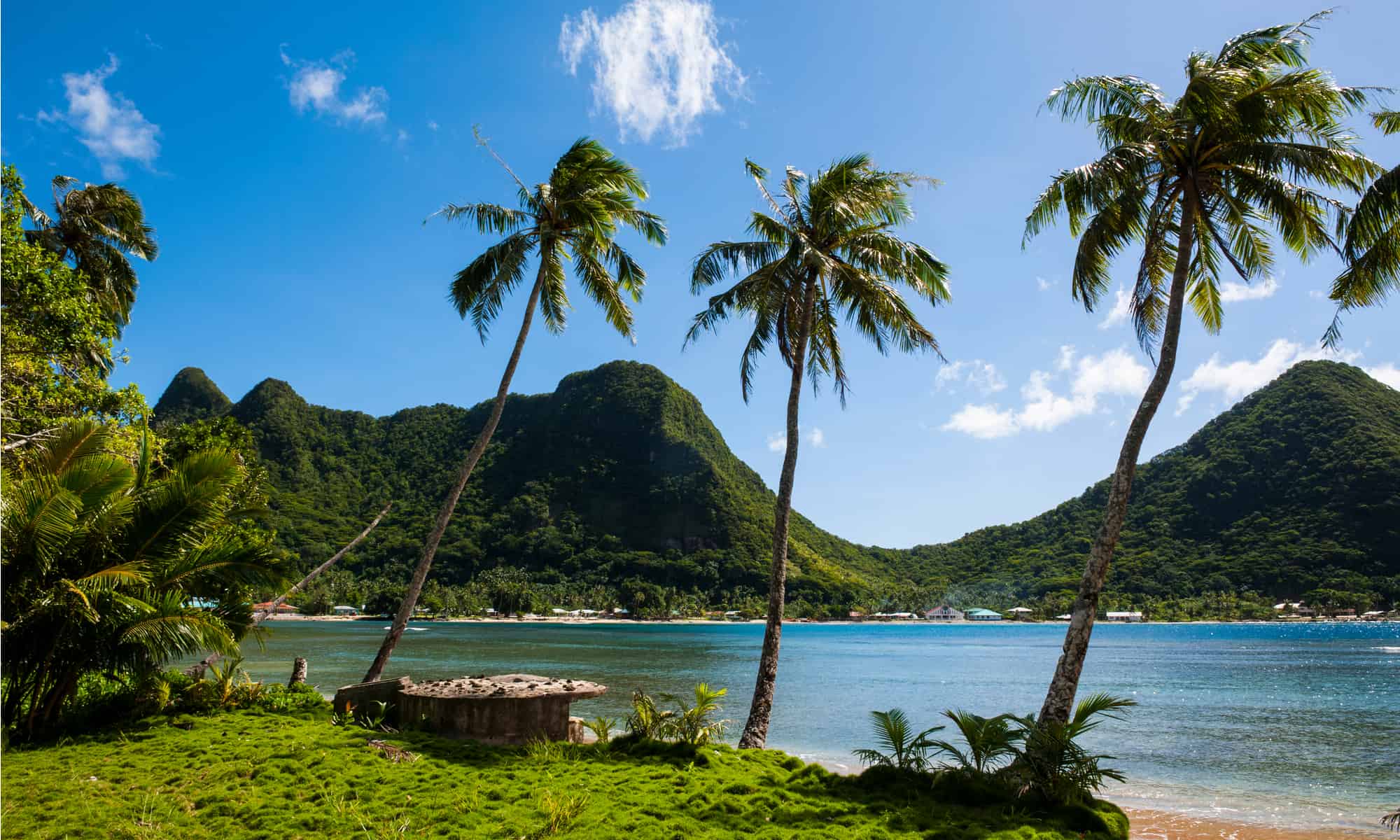
American Samoa is the southernmost territory of the United States.
©Danita Delimont/Shutterstock.com
The South Pacific islands of American Samoa make up the southernmost territory of the United States. About 45,000 people live there on five main islands. The U.S. took control as part of great power negotiations in 1899 that split the world between the most powerful countries. Residents of American Samoa are considered U.S. “nationals” who have some legal rights and protections but do not have full rights as U.S. “citizens.”
Guam

The westernmost territory of the United States is Guam.
©ijeongyeun/Shutterstock.com
Guam is the westernmost American colony. The United States took it from Spain in 1898 in the Spanish-American War. The island thrives on tourism and support services for the U.S. military. The U.S. maintains a large military presence there to counter the ambitions of China and North Korea in the region.
People in Guam are U.S. citizens but do not have voting rights in federal elections. When polled about their preference for independence, a free association relationship, or statehood, most Guam citizens preferred statehood. Annexation to Hawaii or the Northern Mariana Islands are other options that have been suggested.
Northern Mariana Islands
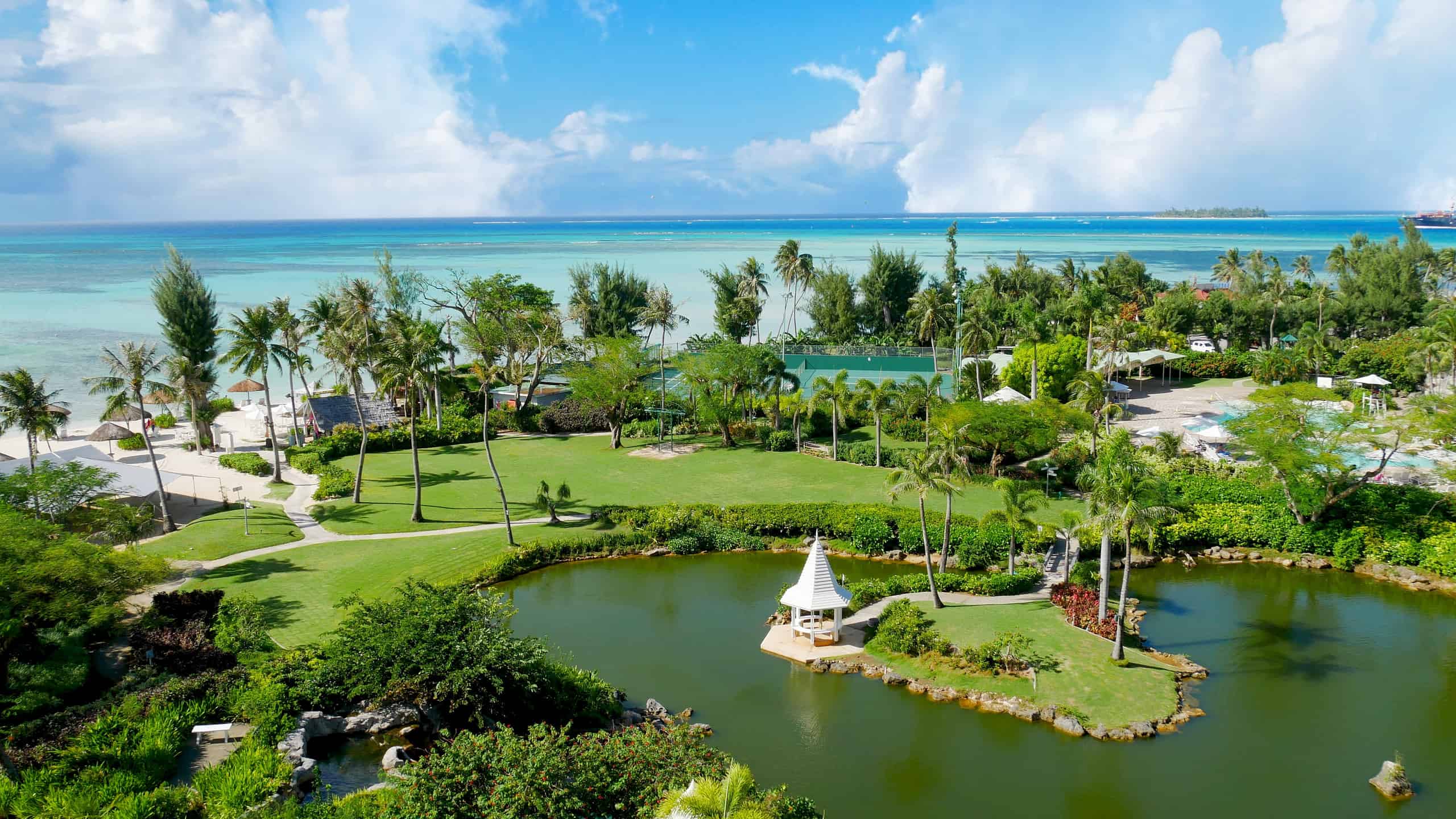
Saipan in the Northern Mariana Islands was strategically important in World War II.
©iStock.com/raksybH
The Northern Mariana Islands are a chain of 14 islands north of Guam. At various times, the Spanish, Germans, and Japanese ruled them. The United States took over at the end of World War II. Several American-administered island chains became the Trust Territory of the Pacific Islands.
Three of these are now separate countries: the Republic of the Marshall Islands and the Federated States of Micronesia got their independence in 1979 and the Republic of Palau went independent in 1981. The Northern Mariana Islands voted overwhelmingly to remain a part of the United States. The population is about 47,000 people, all of whom are U.S. citizens but do not have federal voting rights.
The Mariana Trench, the deepest point on Earth, lies within U.S. territorial waters due to its claim to the Northern Mariana Islands. It was designated a U.S. national monument in 2009.
Philippines
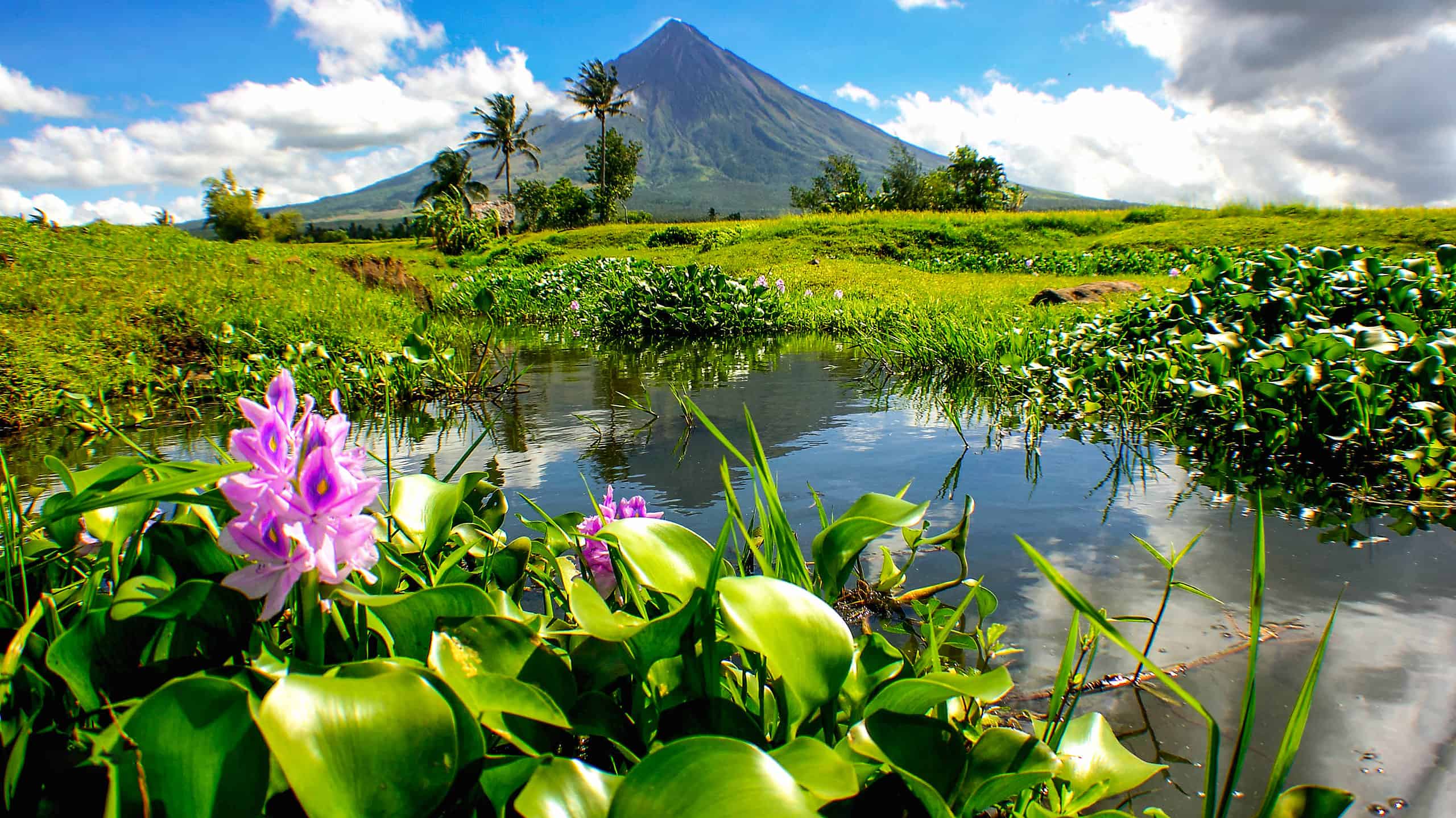
The Philippine islands were a colony of the United States for 48 years.
©cristan pago74/Shutterstock.com
In 1898 the United States won the Spanish-American War and took over the Philippines as an American colony. During World War II the Japanese occupied the islands, but the American liberation established a lot of goodwill. The islands became independent in 1946 but the U.S. has maintained military bases there for mutual defense in the western Pacific.
To the present day, a small number of Filipinos want their country to apply for statehood. With their population of 114 million people, statehood would give Filipinos control of about 25% of the House of Representatives and a similar percentage of the Electoral College votes for the Presidency. This would be a tremendous cultural change, not only for the Philippines, but for the United States itself.
Puerto Rico
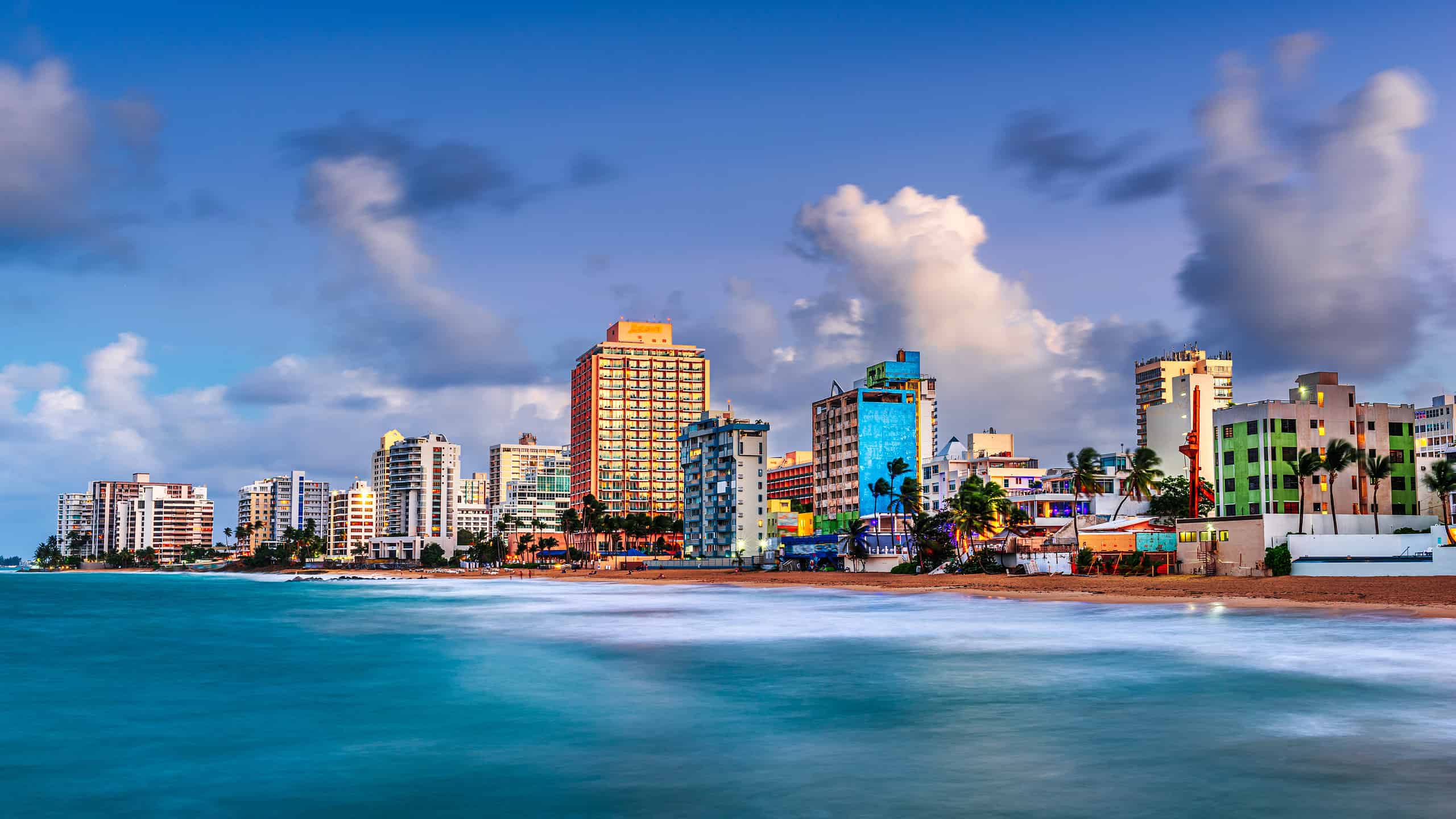
The San Juan, Puerto Rico resort skyline on Condado Beach glistens brightly at dusk.
©iStock.com/Sean Pavone
In the 1860s the U.S. offered to buy Cuba and Puerto Rico from Spain for $160 million. When Spain refused, the Americans went on to support a revolution in Cuba and kept Puerto Rico as an American colony since 1898.
The United States has designated Puerto Rico as a “commonwealth.” Residents have U.S. citizenship and can travel freely to the rest of the United States. Today, almost twice as many Puerto Ricans live on the mainland (5.8 million) as on the island (3.3 million). Oddly, they are not allowed to vote in federal elections if they live on the island, but if they move to one of the 50 states, they have full voting rights.
Puerto Rico is the most likely territory to become the 51st state of the United States. In the latest referendum on statehood in 2020, 52% of the islanders voted for statehood. Other options, including independence, free association with the U.S., or even annexation by Florida have been under discussion.
U.S. Virgin Islands
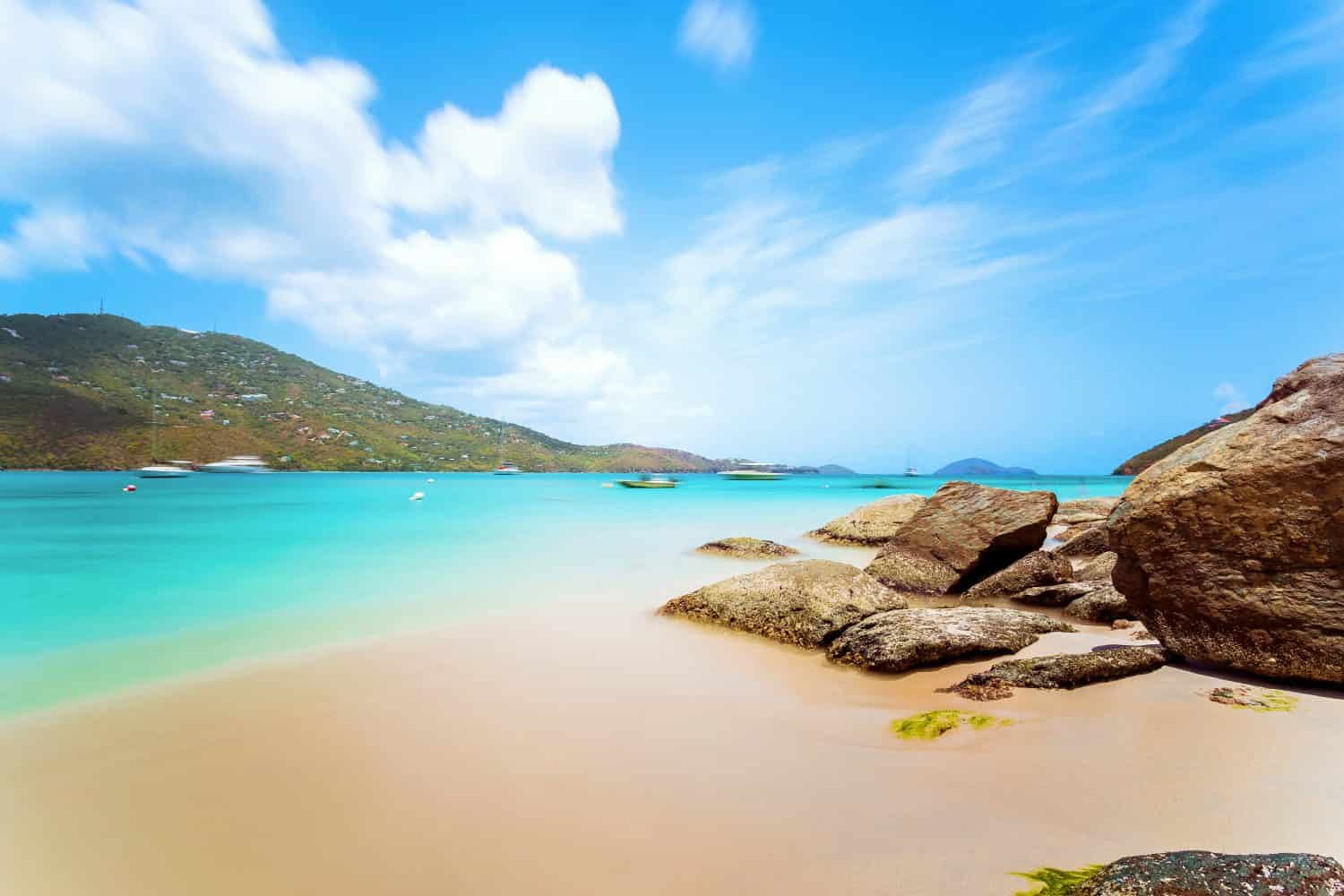
Magens Bay on Saint Thomas in the US Virgin Islands is one of the best beaches in the world.
©Pola Damonte/Shutterstock.com
The United States purchased the Virgin Islands in the Caribbean from Denmark for $25 million in 1917. One of the motives for the purchase was to enhance security for the Panama Canal. In pre-satellite days, sending out ships from bases like this was the only real way to detect an attack might be imminent. Today, the U.S. Virgin Islands has a tourism-based economy. About 100,000 people live there.
BONUS: The Colony the U.S. Wants But Can’t Have

Greenland is in a strategic location and may have strategic mineral wealth under its ice.
©Sanjay Rao / CC0 - License
Greenland is an autonomous region of Denmark with the United States managing its military defense. Although the population is only about 50,000 people who mainly earn their living through fishing, it is strategically important. It is in a prime location for monitoring Russian military movements around the Arctic and North Atlantic, and its ice may conceal vast untapped natural resources.
The American government floated the idea of purchasing the island in 1867, 1917, 1946, and 2019. If that purchase did happen, it would make the United States the second-largest country by land area in the world, replacing Canada. Denmark has always rejected it, though, because they see Greenland as part of their thousand-year-old Viking heritage.
Why Doesn’t the United States Want New Colonies?
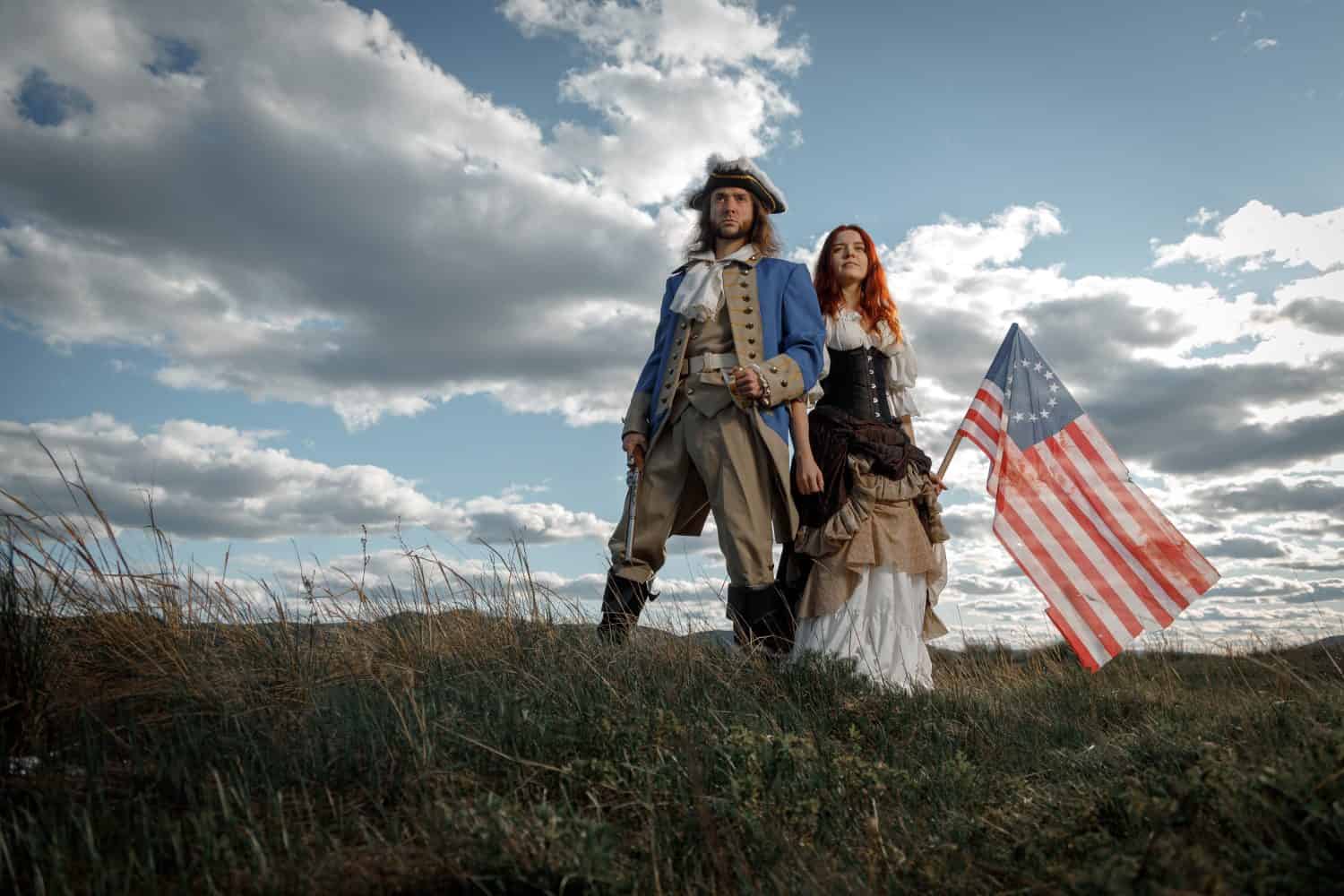
As American history shows, neglected colonies tend to seek independence.
©Fotokvadrat/Shutterstock.com
Greenland is a good illustration of why the United States doesn’t actively seek out colonies today. The U.S. can get the economic and security benefits it needs through treaties without having to occupy other countries and manage their domestic problems. Many people see these kinds of relationships as covert neocolonialism. But in the end, governments lead with the consent of the people who live there. Otherwise, as America’s own revolution demonstrated, they will likely fight to establish independence.
The photo featured at the top of this post is © Fotokvadrat/Shutterstock.com
Thank you for reading! Have some feedback for us? Contact the AZ Animals editorial team.






